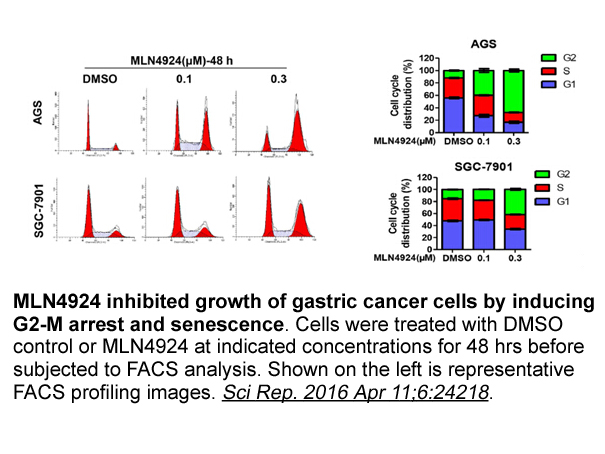Archives
In glucose stimulated pancreatic cells B Raf
In glucose-stimulated pancreatic β-cells, B-Raf activity is increased, while Raf-1 activity is under the detection limit (Duan and Cobb, 2010). Thus, B-Raf is the primary protein kinase involved in the rapid activation of ERK1/2 in glucose-treated pancreatic β-cells. Expression of a dominant-negative mutant of Raf inhibited glucose-induced ERK1/2 activation (Arnette et al., 2003) and glucose-induced gene transcription (Müller et al., 2010). In a negative feedback loop, B-Raf serves as substrate for activated ERK1/2. The B-Raf mutant B-RafT401A, containing a mutation of the ERK1/2 phosphorylation site, showed higher basal activity in comparison to the wild-type kinase in insulinoma cells, suggesting that phosphorylation of B-Raf on threonine residue 401 reduces its activity. Likewise, dephosphorylation of B-Raf, phosphorylated on T401, by the Ca2+/calmodulin-dependent protein phosphatase calcineurin led to an increase in B-Raf activity (Duan and Cobb, 2010).
To investigate the role of B-Raf on gene transcription in insulinoma cells, we expressed a conditionally active mutant of B-Raf in INS-1 cells that lacked threonine residue 401. We therefore avoided the negative and positive regulation of B-Raf by ERK1/2 and calcineurin, respectively. The results of this study show that stimulation of B-Raf leads to a strong activation of the transcription factor AP-1, involving enhanced expression of the AP-1 constituting proteins c-Jun and c-Fos, and an upregulation of c-Jun and c-Fos promoter activity and the transcriptional activation potentials of c-Jun and c-Fos. The AP-1-binding sites of the c-Jun gene and the serum response element of the c-Fos gene were identified as the essential genetic elements, connecting B-Raf stimulation with the activation of AP-1. We further addressed the signaling pathway connecting B-Raf-induced stimulation of insulinoma UNC 0642 with increased AP-1 activity and identified MAP kinase phosphatase-1 and calcineurin as inhibitors of B-Raf-induced signaling to AP-1. Given the fact that AP-1 is also activated in glucose-stimulated insulinoma cells (Müller et al., 2010) and in insulinoma cells with activated L-type voltage activated Ca2+ channels, we conclude that AP-1 is a nuclear point of convergence for genuine signaling cascades of pancreatic β-cells.
Materials and m ethods
ethods
Results
Discussion
We recently showed that stimulation of insulinoma cells with glucose regulates gene transcription involving the protein kinases Raf and ERK1/2. From the Raf isoenzymes, the B-Raf protein is particularly in the limelight, because this enzyme is essential for the activation of ERK1/2 in pancreatic β-cells (Duan and Cobb, 2010). B-Raf has also been shown to be involved in tumor progression in pancreatic β-cell carcinogenesis, involving ERK activation (Sobczak et al., 2008). The objective of this study was to investigate the impact of B-Raf in regulating gene transcription in insulinoma cells.
As a cellular model system, we analyzed INS-1 cells expressing a constitutively active mutant of B-Raf that lacked the regulatory threonine residue 401. Thus, we avoided the interference of ERK1/2 and calcineurin on B-Raf activity. Using a chromatin-embedded reporter gene, we showed that B-Raf stimulation strongly activated AP-1 in insulinoma cells, a transcription factor originally described as a c-Jun/c-Fos heterodimer (Chiu et al., 1988). Here, we showed that expression of both c-Jun and c-Fos was upregulated in INS-1ΔB-Raf:ER cells following stimulation of B-Raf. The newly synthesized c-Fos and c-Jun proteins were biologically active, as shown by the fact that the transcriptional activation potentials of c-Fos and c-Jun increased as a result of B-Raf activation. In addition, we measured enhanced transcription of chromatin-embedded c-Jun promoter/luciferase and c-Fos promoter/luciferase reporter genes when B-Raf was activated. Mutational analyses showed that the two AP-1 like elements within the c-Jun promoter and the serum response element (SRE) within the c-Fos promoter are essential to couple B-Raf stimulation with transcriptional activation of the c-Jun and c-Fos genes.